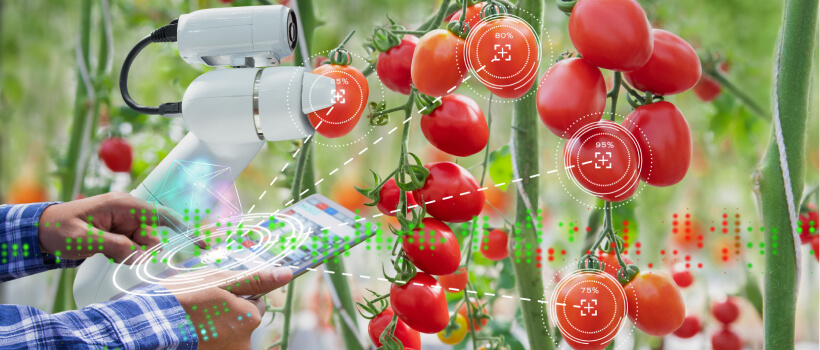 1-800-805-5783
1-800-805-5783 
Robotics has emerged as a transformative force in various industries, and agriculture is no exception. Farmers and agri-tech companies continuously leverage advanced robotics to solve various agricultural challenges. Among the many applications of robotics in farming, pest control is a promising field poised to revolutionize the agricultural sector. Let’s dive deep into how robotics pave the way for efficient and sustainable pest control in agriculture.
Pests significantly threaten agriculture, damaging crops and drastically reducing yield. Traditional pest control methods often involve chemical pesticides, which, while effective, have several drawbacks. They can harm the environment, contaminate water sources, and pose risks to the health of humans and non-target organisms. Moreover, repeated use of certain pesticides can lead to pest resistance, diminishing their effectiveness over time.
As such, the agricultural sector needs innovative pest control methods that are efficient, precise, and environmentally friendly. This is where robotics comes in.

Robotics technology offers a novel approach to pest control. Robots can be designed and programmed to identify and eliminate pests in a highly targeted manner, reducing reliance on broad-spectrum pesticides. This makes pest control more efficient and significantly minimizes environmental and health risks.
Robotic pest control systems often employ advanced technologies like machine learning, artificial intelligence (AI), and computer vision to detect and identify pests. Equipped with high-resolution cameras and sensors, these robots can traverse agricultural fields, identify pests in real time, and take appropriate action.
For instance, some robots use mechanical means to eliminate pests, such as trapping or crushing. Others are equipped with precision spraying systems that only deliver targeted doses of pesticides to infected areas, reducing the overall volume of pesticides used.
The potential benefits of employing robotics for pest control in agriculture are considerable:
Adopting robotics for pest control in agriculture is a significant step towards sustainable and precision farming. While challenges such as high initial costs, the need for technical skills, and regulatory issues remain, the potential benefits make it an exciting area for development and research.
By merging the precision and efficiency of robotics with the growing need for sustainable farming practices, we can address the global challenge of pest control. This integration will safeguard our agricultural productivity and contribute to our environment’s health, creating a sustainable and prosperous future for all.